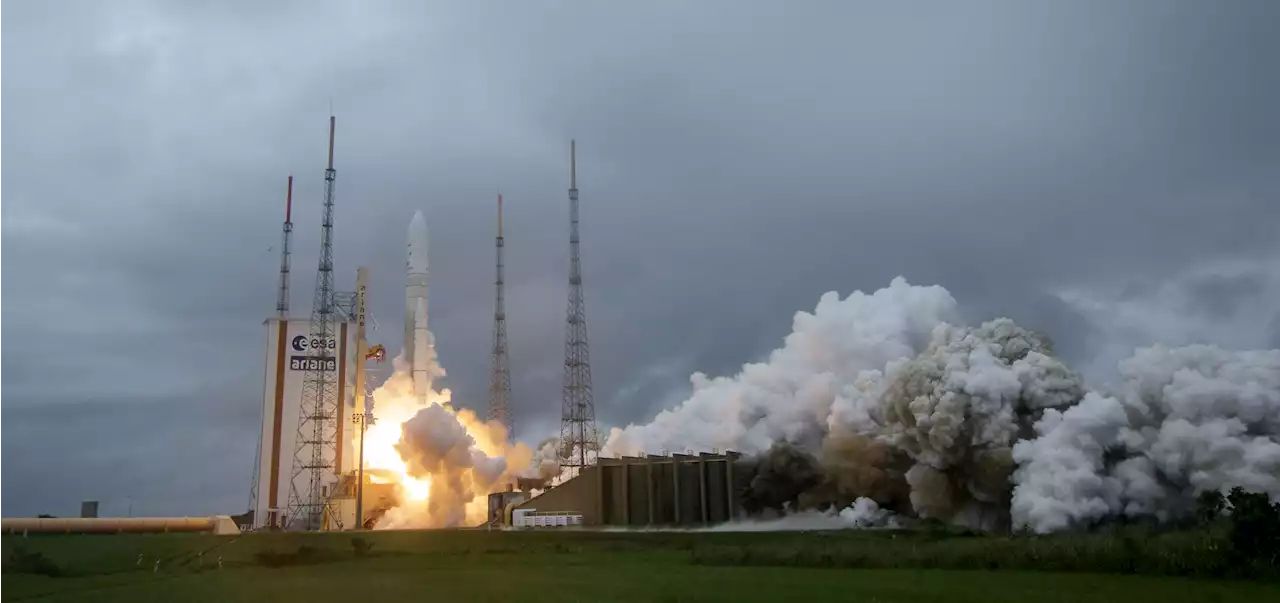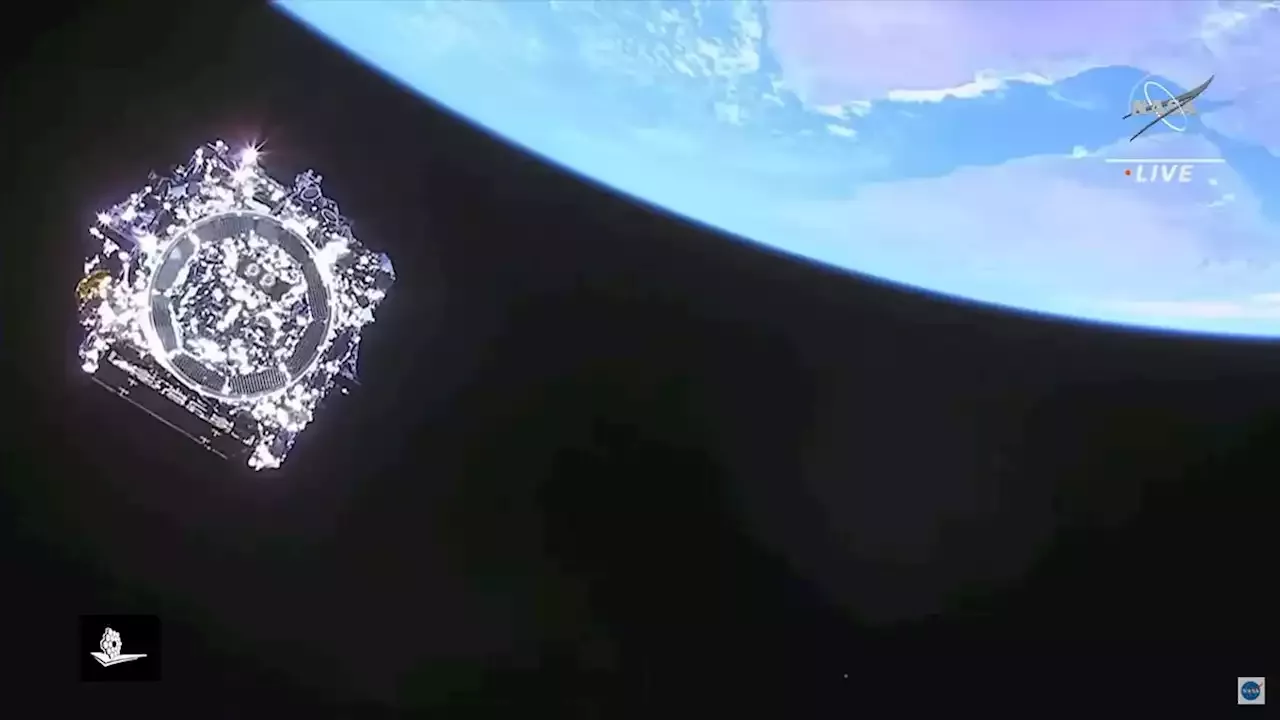The observatory has been traveling for nearly a month to reach the second Lagrange point.
Webb’s destination—the second Lagrange point, or L2—is useful because it allows any telescope there to keep the Sun, Earth, and the Moon in a line behind it, giving an
unobstructed view out into the universe. L2 is also a relatively stable point in orbit around the Sun, enabling the spacecraft to use minimal fuel to stay in position there.
United States Latest News, United States Headlines
Similar News:You can also read news stories similar to this one that we have collected from other news sources.
 NASA's James Webb telescope is about to arrive at an exceptional point in spaceThe telescope will arrive at Lagrange point 2 on Monday, where it will drift 930,000 miles away in Earth's shadow.
NASA's James Webb telescope is about to arrive at an exceptional point in spaceThe telescope will arrive at Lagrange point 2 on Monday, where it will drift 930,000 miles away in Earth's shadow.
Read more »
 Webb space telescope about to attempt next crucial step | Digital TrendsFollowing its launch last month, the James Webb Space Telescope now faces another crucial step ahead of its work to explore deep space.
Webb space telescope about to attempt next crucial step | Digital TrendsFollowing its launch last month, the James Webb Space Telescope now faces another crucial step ahead of its work to explore deep space.
Read more »
 NASA's new space telescope nears destination in solar orbitNASA's James Webb Space Telescope, designed to give the world an unprecedented glimpse into the earliest stages of the universe, neared its gravitational parking space on Monday in orbit around the sun, almost 1 million miles from Earth.
NASA's new space telescope nears destination in solar orbitNASA's James Webb Space Telescope, designed to give the world an unprecedented glimpse into the earliest stages of the universe, neared its gravitational parking space on Monday in orbit around the sun, almost 1 million miles from Earth.
Read more »
 Webb space telescope nears its destination almost a million miles from Earth, ready for critical mirror alignmentIf all goes well, Webb will be 100 times more powerful than Hubble — so sensitive to infrared light that it could detect the faint heat of a bumble bee as far away as the moon.
Webb space telescope nears its destination almost a million miles from Earth, ready for critical mirror alignmentIf all goes well, Webb will be 100 times more powerful than Hubble — so sensitive to infrared light that it could detect the faint heat of a bumble bee as far away as the moon.
Read more »
 Fungi from Chernobyl Reactor Could Save Astronauts from Space RadiationShields built out of a radiation-absorbing fungus that grows near the Chernobyl nuclear plant could be what will protect astronauts in future Mars trips.
Fungi from Chernobyl Reactor Could Save Astronauts from Space RadiationShields built out of a radiation-absorbing fungus that grows near the Chernobyl nuclear plant could be what will protect astronauts in future Mars trips.
Read more »
